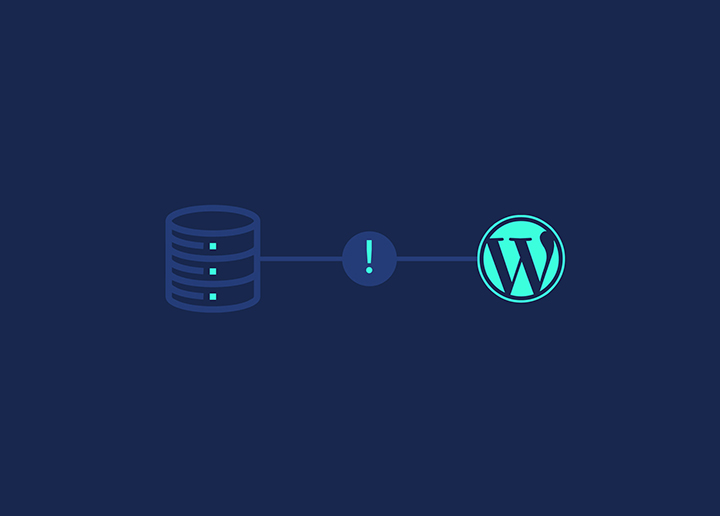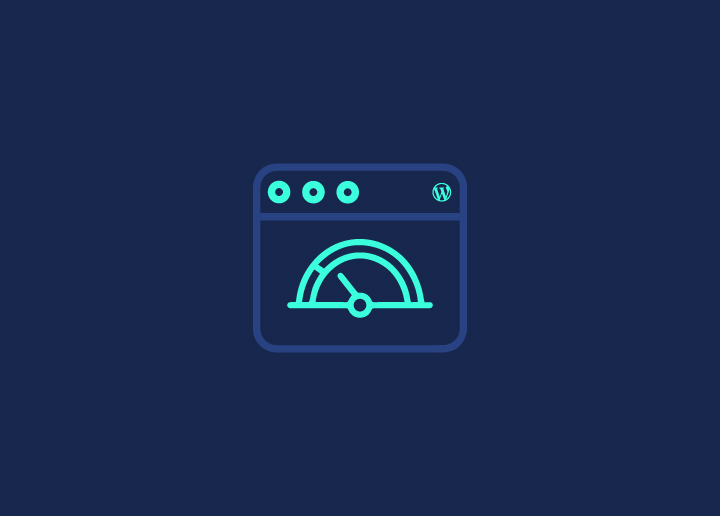Administering your WordPress blog is essential for maintaining its functionality, security, and overall success. Whether you’re a seasoned blogger or just starting, understanding the tasks involved in managing your WordPress site is crucial. From daily activities like writing and moderating comments to more periodic tasks like updating themes and plugins, each action plays a vital role in keeping your blog running smoothly. In this comprehensive guide, we will explore the various tasks involved in administering your WordPress blog, providing you with insights and tips to effectively manage your site and focus on creating valuable content for your readers. Let’s dive in and discover the key activities that will help you maintain an organized and thriving WordPress blog.
Daily Tasks
As a blog administrator, there are specific daily tasks you need to perform to ensure the smooth running of your blog.
- Login and Write: Start your day by logging into your blog’s admin area. Access the “Write” section to create and publish new blog posts. Write engaging content that resonates with your audience and aligns with your blog’s goals.
- Checking Comments: Regularly review and moderate comments on your blog posts. Approve legitimate comments, respond to reader inquiries, and remove spam or inappropriate comments to maintain a healthy comment section.
- Users and Authors: Manage user roles and permissions. Add new authors or contributors if you have a multi-author blog, and assign appropriate user roles to ensure proper access levels and responsibilities.
- Check the Dashboard: Review your blog’s dashboard for important notifications, updates, and insights. Monitor website analytics, track traffic sources, and evaluate key metrics to gain valuable insights into your blog’s performance.
Administration Tasks
Apart from the daily tasks, other administration tasks require your attention from time to time:
- Theme and Plugin Updates: Regularly update your blog’s theme and plugins to ensure they are compatible with the latest WordPress version and to benefit from bug fixes, security patches, and new features.
- Backups and Security: Implement a robust backup strategy to protect your blog’s data. Regularly back up your files and database to a secure location. Additionally, take necessary measures to enhance the security of your blog, such as using strong passwords and enabling two-factor authentication.
- SEO Optimization: Optimize your blog for search engines to improve its visibility and reach. Implement SEO best practices, optimize meta tags, focus on keyword research, and create quality content that aligns with your target audience’s search intent.
- Performance Optimization: Optimize your blog’s performance by optimizing image sizes, caching, and minifying scripts. Use a content delivery network (CDN) to improve page load times and enhance the user experience.
By following these daily and administration tasks, you can effectively manage and administer your blog, ensuring its success and growth online.


















